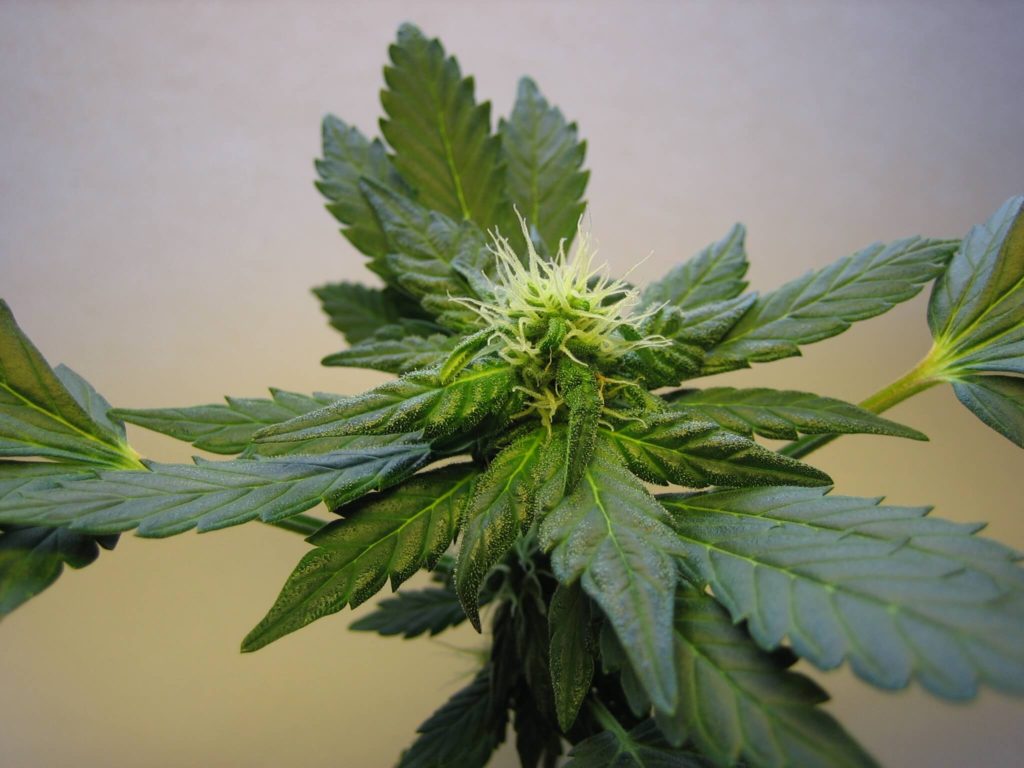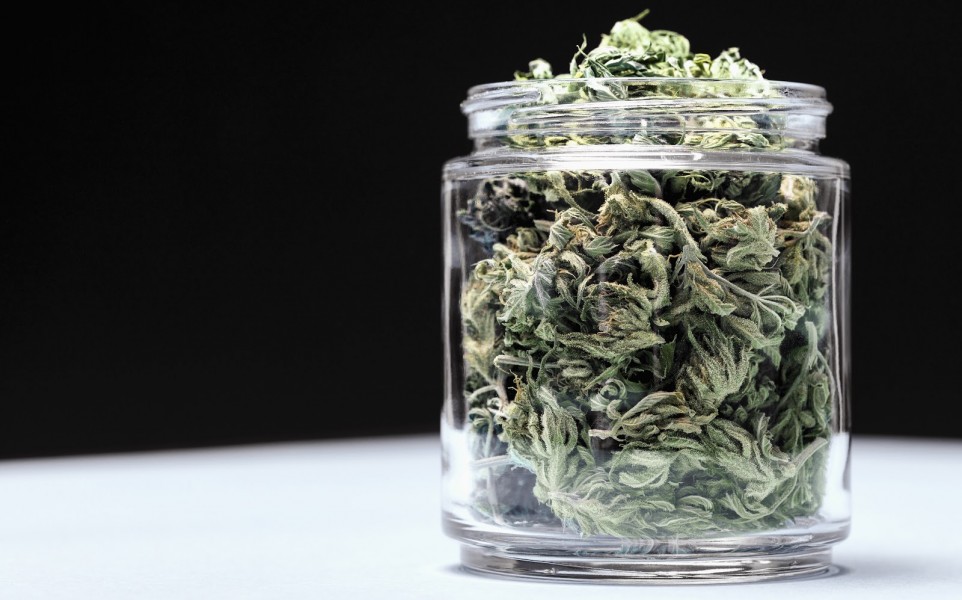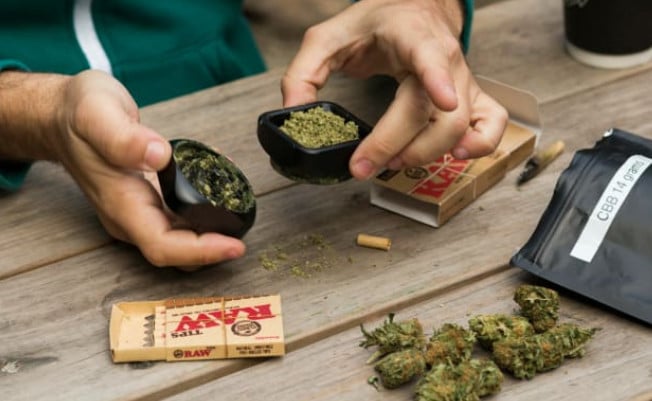Many growers would love to blast weeds out of their fields. Abrasive weeding involves doing just that.
Sam Wortman, assistant professor in the Department of Agronomy and Horticulture at the University of Nebraska-Lincoln, presented “Abrasive Weeding: Efficacy, Multifunctionality and Profitability,” during a recent eOrganic webinar.
“Weeds are a top management concern for organic farmers,” Wortman said. “Despite that concern, we have relatively few options.”
Organic herbicides are expensive and don’t work well, flame weeding can injure crops, and hand weeding is labor-intensive.
Abrasive weeding involves using compressed air and gritty material to shred stems, leaves and meristems of weeds. It works for both field and spot treatment.
“We look for a size differential to make sure the crop isn’t damaged or destroyed,” he said.
Wortman recently completed a four-year project to design and pilot an abrasive grit applicator for vegetable farmers, and to analyze its effectiveness.
The researchers worked on organic farms growing corn and soybeans. Each plot also received inter-row cultivation, which is standard in organic systems.
Rows with and without in-row grit treatments were compared. The grit used included composted turkey litter and ground walnut shells, both organic.
Wortman compared blasting weeds when they were at one-leaf and five-leaf stages.
“When weeds were fairly tall, they saw very little efficacy,” he said. “The weeds were only damaged and had potential to recover.”
The researchers minimized cash crop damage by waiting to apply the grit until a month after seeding.
Wortman realized that the grit treatment should be based on the weed growth stage, not the crop growth stage, to ensure efficacy.
“If they’re less than 1 inch tall, we get close to 100 percent efficacy,” he said. “When weeds take off faster than the crop, that’s problematic.”
Despite insufficient weed control, in-row grit treatment resulted in higher corn yields. The same did not hold true for soybeans.
Wortman thinks the fertilizer value of the turkey litter may have helped increase plant health, measured by leaf greenness.
“Walnut shell doesn’t have any nutrient value, but temporary suppression of weeds may have increased crop health,” he said.
Most growers struggle with perennial weeds, such as quackgrass. For these, Wortman said repeat applications of longer duration could make a difference.
Combining grit application with film mulches can boost the benefits, increasing available nitrogen by up to 30 percent and reducing weed in-row density and biomass by up to 90 percent.
“We were finding a consistent level of weed control,” Wortman said, adding that it increased marketable yield by up to 66 percent compared to the weedy control area.
Bioplastic, though, proved too fragile. The grit blasted it to shreds.
Wortman also tried straw mulch, but he found that the grit application blew away too much straw.
For farmers who are short on labor, abrasive weeding could help, but getting the right equipment can prove challenging. Wortman’s group had custom equipment made.
Farmers could share equipment to defray the cost, he said.
Credit: www.lancasterfarming.com












